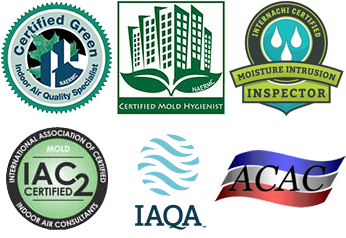Mold Remediation Supervision
Elite Mold Services
Ensuring Your Remediation Project is Done Right—The First Time!

Mold remediation is a critical process that directly impacts the safety and health of your home. With so much at stake, can you afford to leave it to chance? Our Mold Remediation Supervision service ensures your project is completed successfully, safely, and in compliance with industry standards.
Why Choose Our Mold Remediation Supervision Service?
- No Conflict of Interest:
Because we don’t provide remediation services, you can trust us to remain impartial, focusing only on the success of your project. - Expert Oversight:
With years of experience writing remediation protocols and performing post-remediation tests, we know exactly what needs to be done—and how to ensure it’s done right. - Health and Financial Protection:
Poorly executed remediation can result in wasted money, ongoing health risks, and damage to your property. Our supervision helps you avoid these costly mistakes.
What We Do as Your Remediation Supervisor
Our team provides comprehensive oversight to give you peace of mind:
- Protocol Expertise: We create detailed, step-by-step remediation protocols tailored to your home’s needs.
- Project Monitoring: We oversee the work performed by your remediation contractor to ensure it follows industry standards and your custom protocol.
- Post-Remediation Testing: We verify the job was done correctly, testing the air and surfaces to confirm your home is safe.
With our guidance, you can trust the remediation process to meet your expectations and deliver long-lasting results.
Who Benefits from This Service?
Our Mold Remediation Supervision service is ideal for:
- Homeowners: Protect your family’s health and ensure the job is done right the first time.
- Remediation Contractors: Benefit from expert oversight to ensure compliance with protocols and improve project outcomes.
Whether you’re tackling a mold problem in your own home or overseeing a client’s remediation project, our supervision provides the expertise and reassurance you need.
Elite Mold Services
Why Work With Us?
ACAC Certifications
Proven Experience
Trusted By The Community
State Licensed Remediator
Over 60+ Years of Combined Experience
The Risks of Skipping Professional Supervision
Without proper oversight, remediation projects can fail, leading to:
- Persistent mold growth and health risks.
- Costly repeat remediation efforts.
- Unnecessary stress and frustration.
Investing in professional supervision saves you time, money, and peace of mind, ensuring your home is safe and healthy.
